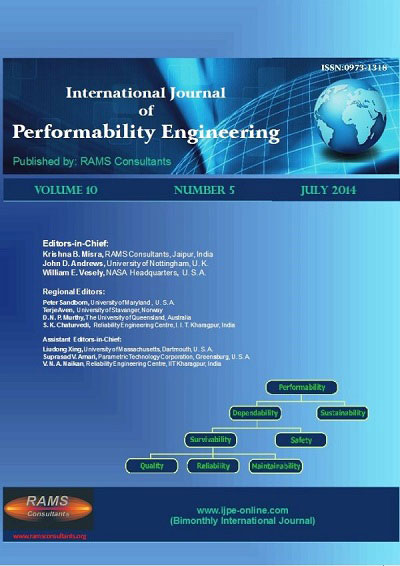For accurately measuring the energy-saving contribution of air traffic management technology on air transportation, this paper proposed a calculation method of fuel consumption in the air traffic control area based on radar tracks. This paper firstly analyzed nine influencing factors, including aircraft type, flight state, true airspeed, and altitude, that could affect aircraft fuel consumption. Taking air traffic trajectory data as input, a fuel flow time series prediction model based on echo state network was built. The predicted approximate error of the model can reach 0.032%, 1.79%, and -1.11% in level flight, climbing state, and descending state, respectively. Due to aircraft weight and missed calibrated airspeed data in radar tracks, a key influencing factors extraction method for fuel consumption based on sensitivity analysis has been further explored. Input parameters of the ESN fuel flow time series approximate model have been simplified reasonably. The Xiamen ATC area was taken as an example, and the total fuel consumption of 1021 flights on a specific day within the Xiamen control area was calculated to be 1044.84 tons. Research results in this paper will construct a technical foundation for measuring air traffic control system performance through implementation of the ASBU plan.
Submitted on May 26, 2018; Revised on July 8, 2018; Accepted on August 16, 2018
References: 19

